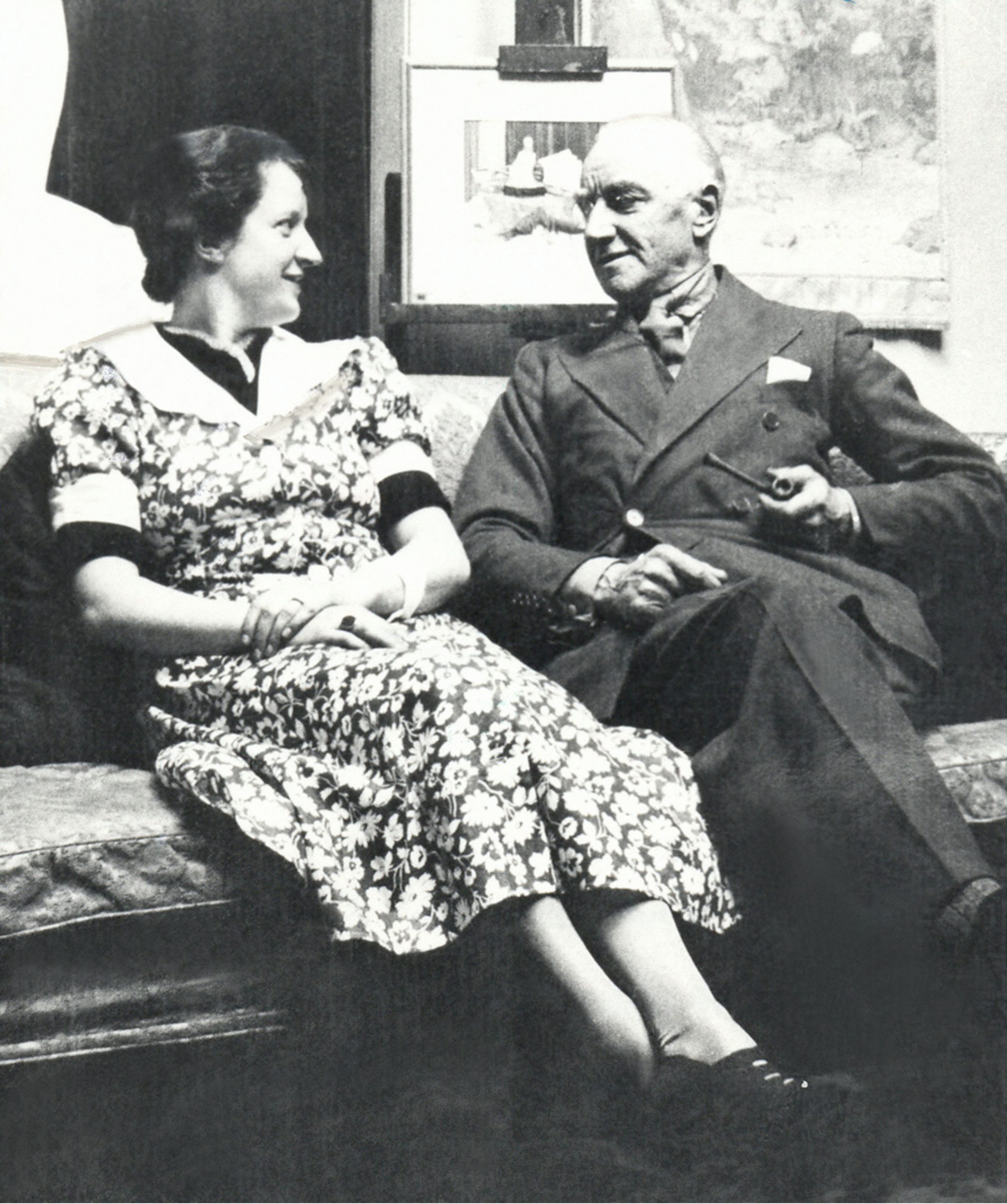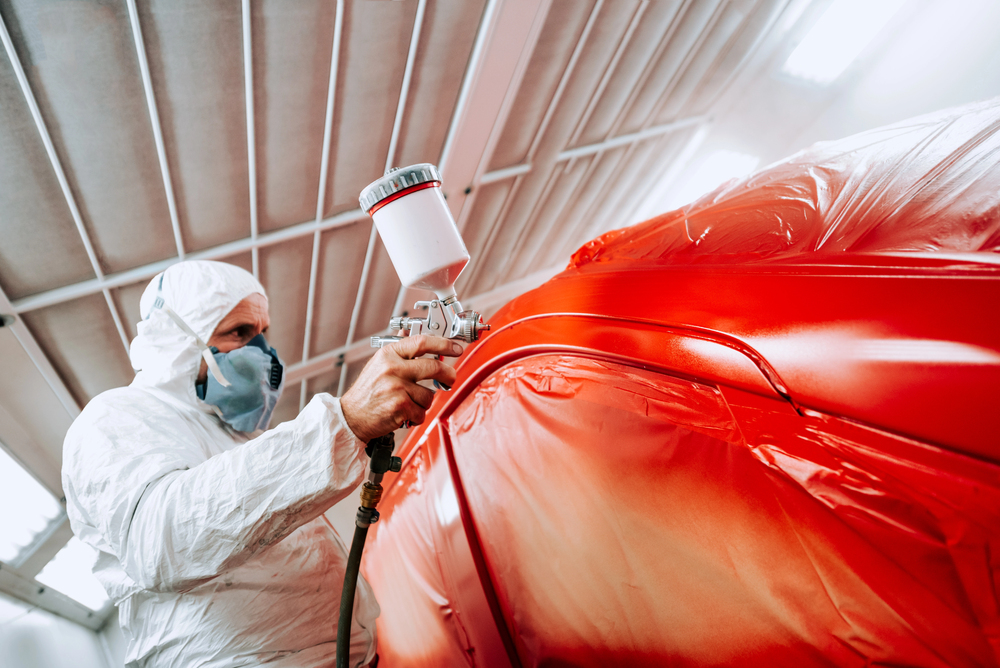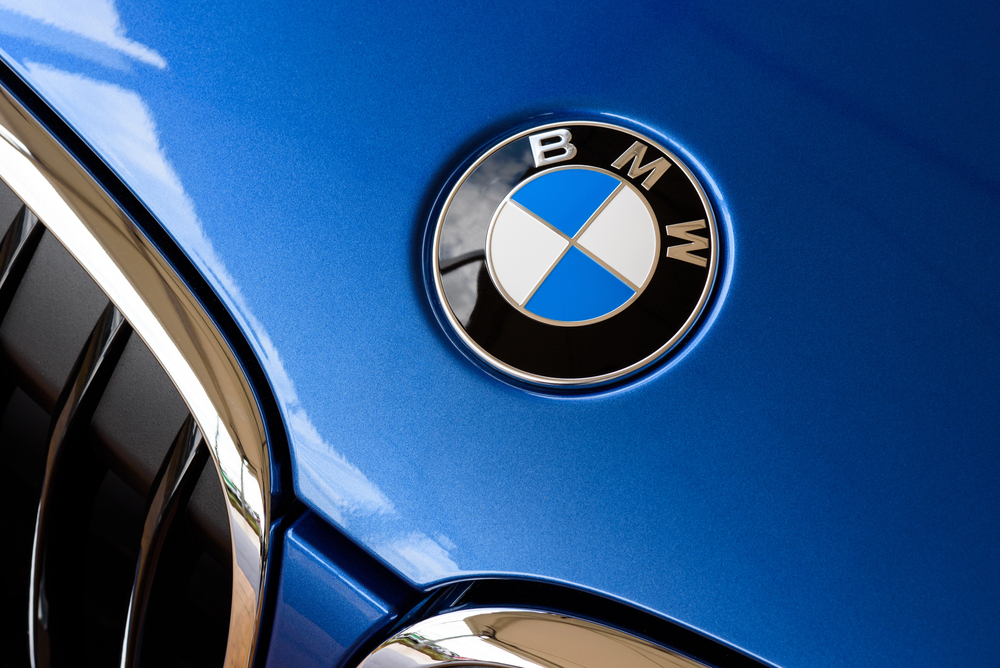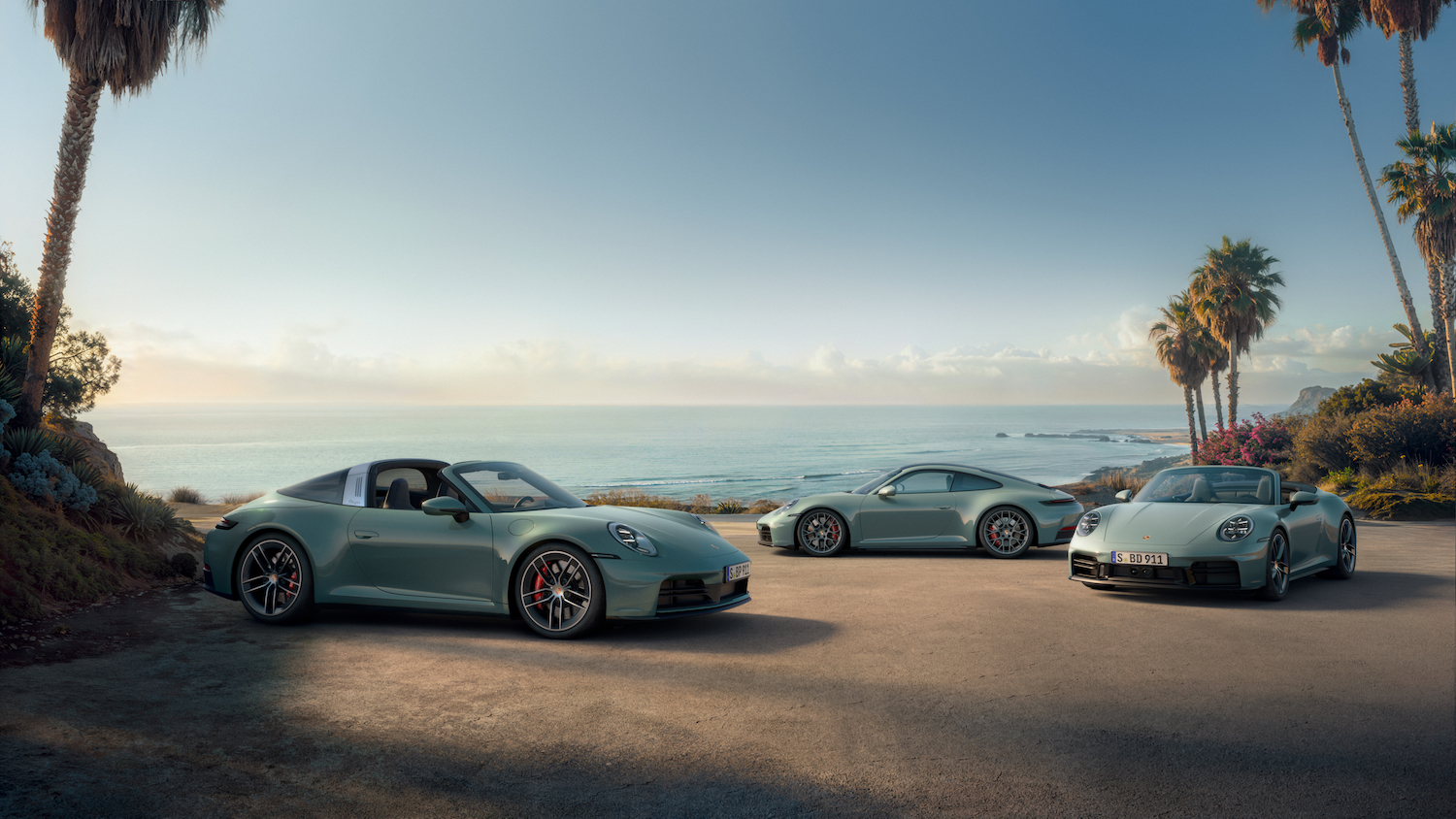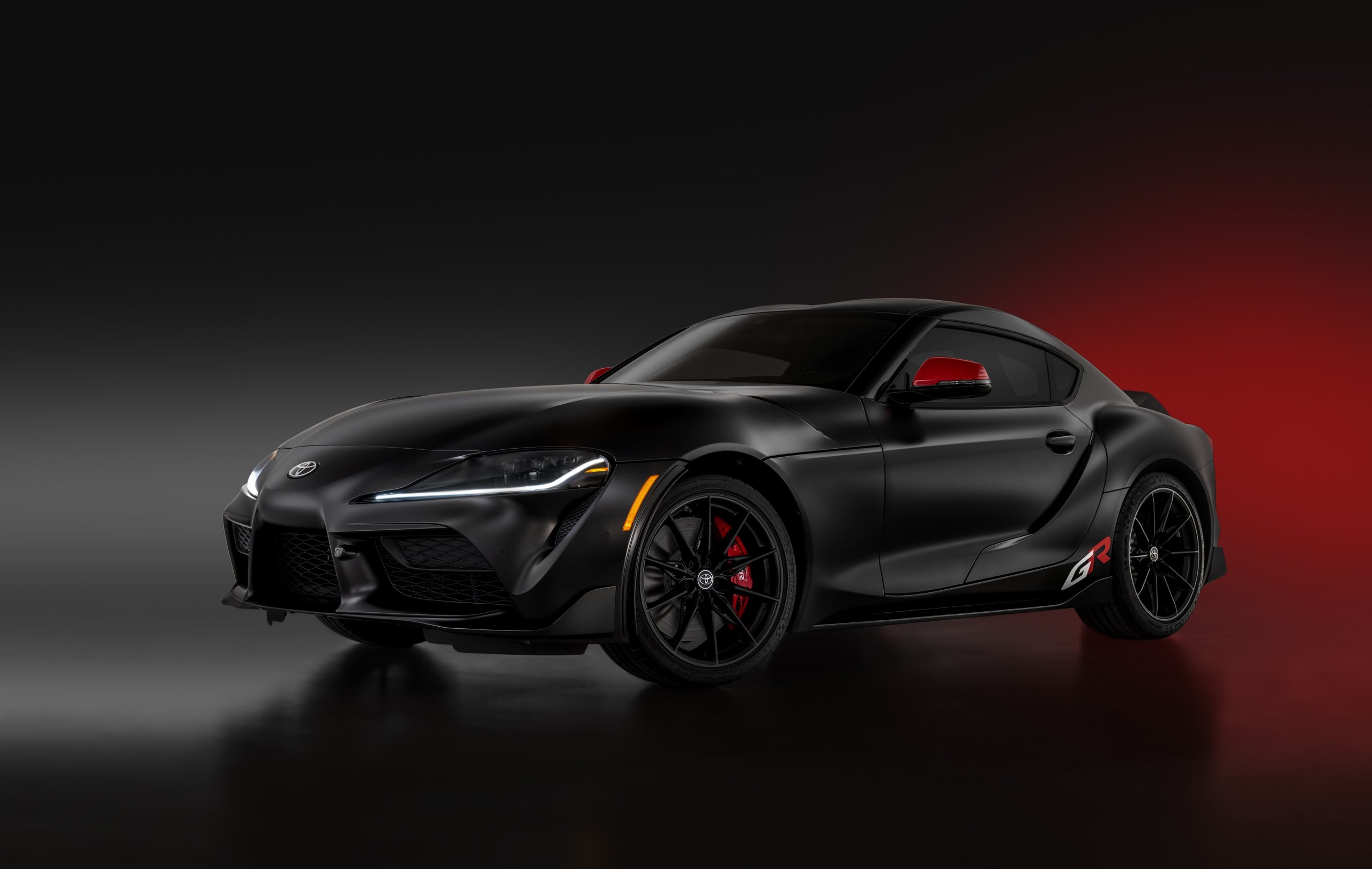Is Red Coolant Better Than Green? Key Differences & Best Uses Explained
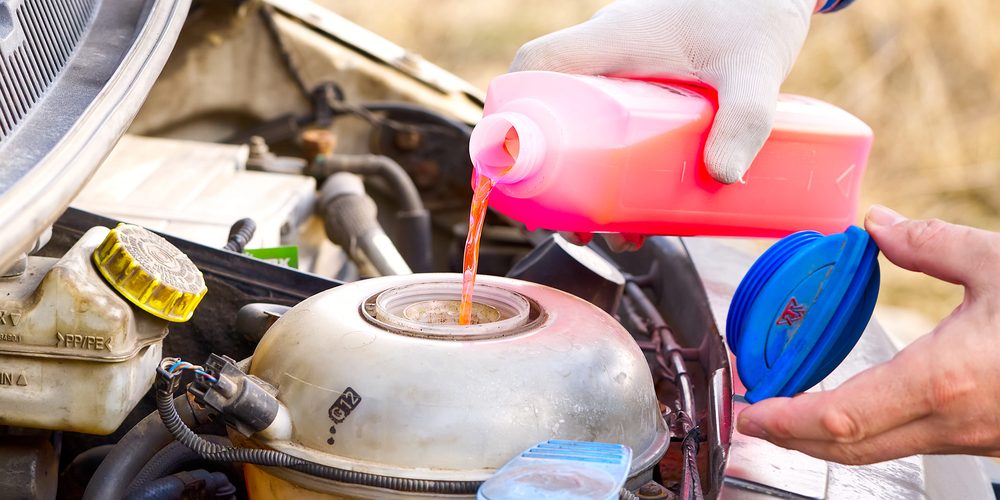

- Red coolant is designed for modern cars with aluminium engines, lasts up to five years, and should never be mixed with green coolant.
- Green coolant is for older vehicles, usually lasts two years, and offers different corrosion protection chemistry.
- Always follow the coolant type in your owner’s manual, as using or mixing the wrong type can cause sludge, overheating, and engine damage.
Many drivers wonder if red coolant is better than green, especially with so many options on the market. Red coolant generally lasts longer and offers stronger corrosion protection, while green coolant is cheaper and less toxic but requires more frequent changes. The right choice depends on the vehicle’s design, age, and maintenance needs.
Automakers specify coolant types for a reason: engines and radiators are engineered around the chemical additives in that fluid. Red coolant, made with organic acid technology, is designed for aluminium-heavy modern engines and can last up to five years. Green coolant relies on older silicate-based chemistry that coats metal surfaces quickly but breaks down faster, meaning changes every two years are common.
Mixing the two creates sludge that clogs passages, overheats engines, and damages water pumps. Choosing the right coolant is less about colour preference and more about following manufacturer guidance to protect performance and prevent expensive repairs.
Red vs Green Coolant: Key Differences
Red coolant and green coolant differ in additives, lifespan, and compatibility with different engine materials. Their formulations affect how long they protect the system, how they fight corrosion, and which vehicles they suit best.
Chemical Composition and Additives
Green coolant, often called IAT (Inorganic Acid Technology), relies on silicates and phosphates as its primary additives. These compounds coat metal surfaces quickly, giving immediate protection but breaking down faster. This type usually requires replacement every 2–3 years.
Red coolant, also known as OAT (Organic Acid Technology), uses organic acid inhibitors instead of silicates. These additives react more slowly but last longer, often up to 5 years or more. Some red coolants also use HOAT (Hybrid Organic Acid Technology), which mixes organic acids with limited inorganic additives for balanced performance.
The main difference between these coolant types lies in longevity and stability. Green antifreeze offers faster initial protection, while red antifreeze provides extended service intervals and better resistance to additive depletion.
Corrosion Protection and Inhibitors
Green coolant protects by forming a quick barrier on metal surfaces using silicates and phosphates. This helps prevent corrosion in engines with cast iron or copper components. The drawback is that the protective layer deteriorates faster, requiring more frequent fluid changes.
Red coolant uses organic acids that target corrosion at specific sites rather than coating the entire system. This method gives longer-lasting protection, especially in aluminum-heavy engines common in newer vehicles. Because the additives deplete more slowly, red antifreeze maintains effectiveness over extended intervals.
HOAT coolants combine both approaches. They provide a thin silicate layer for immediate protection while relying on organic acids for long-term stability. This makes them suitable for mixed-metal systems.
Compatibility With Cooling Systems
Green coolant is generally suited for older vehicles with brass, copper, and cast-iron components. Its fast-acting inhibitors match the needs of engines built before the mid-1990s. Using it in newer systems can lead to faster wear on aluminum parts.
Red coolant aligns with modern engines that rely heavily on aluminum and plastic components. Its slower-reacting inhibitors work better with these materials and reduce the risk of silicate drop-out or abrasive deposits.
Mixing red and green antifreeze is not recommended. Their additives can react negatively, reducing corrosion protection and shortening service life. Choosing the correct coolant type depends on the engine materials and manufacturer specifications.
Performance and Longevity
Red coolant generally offers longer service life and stronger corrosion resistance, while green coolant is more affordable but requires shorter maintenance intervals. Both types influence how long components like the water pump and radiator last, and they differ in how well they handle extreme temperatures during engine operation.
Lifespan and Maintenance Intervals
Green coolant, based on inorganic acid technology (IAT), usually lasts about 2 years or 30,000 miles before a coolant change is needed. Its protective additives deplete faster, making frequent service necessary to avoid scale buildup and corrosion inside the cooling system.
Red coolant, often labeled as Dexcool or other organic acid technology (OAT) blends, is an extended-life coolant. Service intervals typically reach 5 years or 100,000 miles, which reduces the frequency of coolant changes. This longer interval can lower maintenance costs over time, though the initial purchase price is higher.
Mixing the two types is discouraged because the chemical reaction can shorten lifespan, create sludge, and reduce cooling efficiency. Vehicle manufacturers usually specify which coolant mixture to use, and following those guidelines is the safest way to maintain reliability.
Impact on Water Pump and Radiator Life
The additives in coolant directly affect water pump life and radiator durability. Green coolant uses silicates and phosphates that provide quick protection but wear down faster, which can lead to deposits inside an aluminum radiator or shorten water pump seals’ lifespan.
Red coolant avoids silicates, relying instead on organic acids for corrosion protection. This slower-acting layer tends to reduce wear on water pump bearings and extend radiator service life, especially in vehicles with aluminum components.
If the wrong coolant is used, or if intervals are ignored, both types can contribute to clogging, cavitation, or premature failure of cooling system parts. Consistent monitoring of coolant condition helps prevent these issues and supports longer component life.
Temperature Stability and Cooling Efficiency
Green coolant has a traditional formulation that protects against freezing and boiling but with a narrower stability range. It works well for older engines but can struggle under extended high-temperature operation.
Red coolant, including orange coolant variants like Dexcool, typically offers a higher boiling point and better heat transfer. This makes it more effective for modern engines that run hotter and require stable cooling over long distances.
In extreme climates, red coolant’s extended protection against both overheating and freezing can reduce thermal stress on the cooling system. This stability helps keep engine temperatures consistent, which supports performance and fuel efficiency across varied driving conditions.
Choosing the Right Coolant for Your Vehicle
Selecting between red and green coolant depends on compatibility with the cooling system, the risks of mixing different coolant types, and the cost of long-term maintenance. Each factor directly affects engine protection, service intervals, and overall reliability.
Manufacturer Recommendations and Compatibility
Vehicle manufacturers specify coolant types based on the engine materials and cooling system design. For example, many modern engines with aluminum radiators use red coolant formulated with organic acid technology (OAT). This formulation provides extended corrosion resistance for metals like aluminum and steel.
Green coolant, based on inorganic acid technology (IAT), is more common in older vehicles. It uses silicates and phosphates to protect against corrosion, but its service life is shorter. Using the wrong coolant can cause premature wear in water pumps, gasket damage, or reduced corrosion control.
Owners should check the owner’s manual or coolant reservoir label before making a choice. Even within the same color category, different brands may contain additives that are incompatible with certain engines. Following the manufacturer’s recommendation is the most reliable way to match coolant types with the vehicle’s cooling system.
Risks of Mixing Coolant Types
Mixing red and green coolant is strongly discouraged. The two types have different chemical bases, and combining them can create sludge or deposits. These deposits restrict coolant flow, reduce heat transfer, and increase the risk of overheating.
In some cases, mixed coolant can clog narrow passages in the radiator or heater core. This is particularly problematic in aluminum radiators, which are sensitive to blockages and corrosion. A clogged system may lead to expensive repairs if the engine overheats.
If a vehicle accidentally has mixed coolant, the safest solution is a complete flush of the cooling system before refilling with the correct type. Relying on a partial drain and refill often leaves residues that continue to react with the new coolant.
Cost Considerations and Availability
Green coolant is usually less expensive and widely available. It requires more frequent replacement, often every 2–3 years or around 30,000 miles, depending on usage. This shorter service life increases long-term maintenance costs, even if the initial purchase price is lower.
Red coolant tends to cost more per gallon but provides a longer service interval, often up to 5 years or 100,000 miles. This extended lifespan reduces the frequency of coolant changes, which can offset the higher upfront cost.
Availability also varies. Green coolant is still stocked in most auto parts stores, but red coolant is now standard for many newer vehicles. Drivers should consider both the price and the replacement cycle when choosing, since the total cost depends on how often the coolant system needs servicing.
Environmental and Safety Considerations
Coolant selection affects more than engine performance. The chemical composition influences handling risks, disposal practices, and long-term environmental impact.
Toxicity and Handling
Most conventional coolants, whether red or green, contain ethylene glycol as a base fluid. Ethylene glycol is highly toxic if ingested, posing serious risks to humans and animals. Even small amounts can cause kidney damage or death in pets, making safe storage and cleanup essential.
Some formulations use propylene glycol, which is less toxic but still requires careful handling. While propylene glycol reduces accidental poisoning risks, it should not be treated as harmless. Direct skin contact can cause irritation, and inhaling vapors in poorly ventilated areas can be unsafe.
Proper handling practices include wearing gloves, avoiding spills, and keeping containers sealed. Coolant should always be stored in clearly labeled containers, out of reach of children and animals. Even diluted mixtures remain hazardous, so accidental leaks on driveways or garages must be cleaned immediately.
Disposal and Environmental Impact
Coolant waste creates environmental concerns if disposed of improperly. Green coolant, which relies on inorganic additives such as phosphates and silicates, often requires more frequent replacement. This leads to larger volumes of waste over time.
Red coolant, formulated with organic acid technology, typically lasts longer—up to five years—reducing disposal frequency. Its extended service life lowers the overall environmental burden compared to green coolant. Some red coolants also incorporate biodegradable components, which lessen long-term ecological harm.
Improper disposal, such as pouring coolant into drains or soil, contaminates water supplies and harms aquatic life. Recycling centers and auto shops provide safe collection services. Responsible disposal prevents chemicals like ethylene glycol and nitrates from entering ecosystems, where they can persist and cause damage.
By following safe disposal methods and choosing longer-life formulations when compatible, drivers reduce both personal risk and environmental impact.
If you enjoyed this article, be sure to follow us on Microsoft Start.
Car Coolant FAQs
Can you use red coolant instead of green?
You cannot simply swap red coolant for green without checking your car’s requirements. Green coolant is usually an Inorganic Additive Technology (IAT) type, designed for older cars with copper or brass radiators. Red coolant is typically an Organic Acid Technology (OAT) type, made for modern aluminium engines. Mixing them or using the wrong type can cause corrosion or sludge, reducing cooling efficiency and damaging seals. Always follow the coolant type specified in your owner’s manual before making a change.
What are the benefits of red coolant?
Red coolant uses organic acid technology that lasts longer than traditional green coolant. It can provide protection for up to five years or 150,000 miles, compared to about two years for many green coolants. Red coolant resists corrosion in aluminium radiators and engine components, making it well suited for modern cars. Its extended lifespan reduces maintenance frequency, but it must not be mixed with incompatible coolant types.
What cars use red coolant?
Most modern vehicles with aluminium engines and radiators use red coolant. This includes many models from manufacturers like Toyota, Honda, and Volkswagen, which specify OAT or HOAT (Hybrid Organic Acid Technology) coolants. Cars built after the mid-1990s are more likely to require red coolant, but exact requirements vary by make and model. Always check your service manual, as using the wrong coolant can shorten engine life.
Which color coolant is best for a car?
There is no single best coolant color. Green coolant is generally used in older vehicles with copper or brass radiators, while red or pink coolants are used in modern cars with aluminium blocks and advanced cooling systems. The best coolant is the one recommended by your manufacturer, since the chemistry matters more than the color. Following the factory specification ensures proper corrosion protection, correct operating temperatures, and long-term reliability.
What happens if you mix green and red?
Mixing green and red coolant can cause chemical reactions that lead to sludge formation inside the cooling system. The different additives can cancel each other out, leaving your engine unprotected against corrosion. Sludge build-up can clog the radiator, heater core, and water pump, resulting in overheating and costly repairs. If the wrong coolants are mixed, the best fix is to flush the entire system and refill with the correct type.
Can I add water to red coolant?
Yes, you can add water to red coolant, but it must be distilled or deionized water, not tap water. Tap water contains minerals that cause scale and corrosion inside the cooling system. Many red coolants are sold as concentrates that require a 50:50 mix with distilled water. Some are premixed and ready to pour. Always check the label before topping up, and avoid diluting premixed coolant further, as it will reduce its ability to protect the engine.
Can I top up coolant with water?
Topping up coolant with water is only safe in an emergency, and only with distilled water. Water alone does not provide corrosion inhibitors or antifreeze protection, which are critical for engine health. If you add water, the mixture becomes unbalanced, raising the risk of overheating in summer and freezing in winter. After an emergency top-up, the system should be drained and refilled with the proper coolant mix as soon as possible.
What color is universal coolant?
Universal coolant is usually yellow or light amber. It is designed to be compatible with both organic and inorganic additive technologies. However, “universal” does not mean it works for every vehicle. Some manufacturers, particularly European brands, still specify unique coolants with exact additive packages. Using universal coolant can be acceptable for top-ups or mixed fleets, but for maximum reliability it is better to match the exact specification listed in your manual.
How often should I change my coolant?
Coolant change intervals depend on the type used. Green coolant usually needs replacement every two years or about 30,000 miles, as its corrosion inhibitors wear out faster. Red coolant can last up to five years or 150,000 miles thanks to longer-life organic additives. Driving conditions also play a role, since extreme heat or frequent towing can shorten coolant life. The safest approach is to follow the schedule in your service manual and test coolant condition during regular maintenance.


